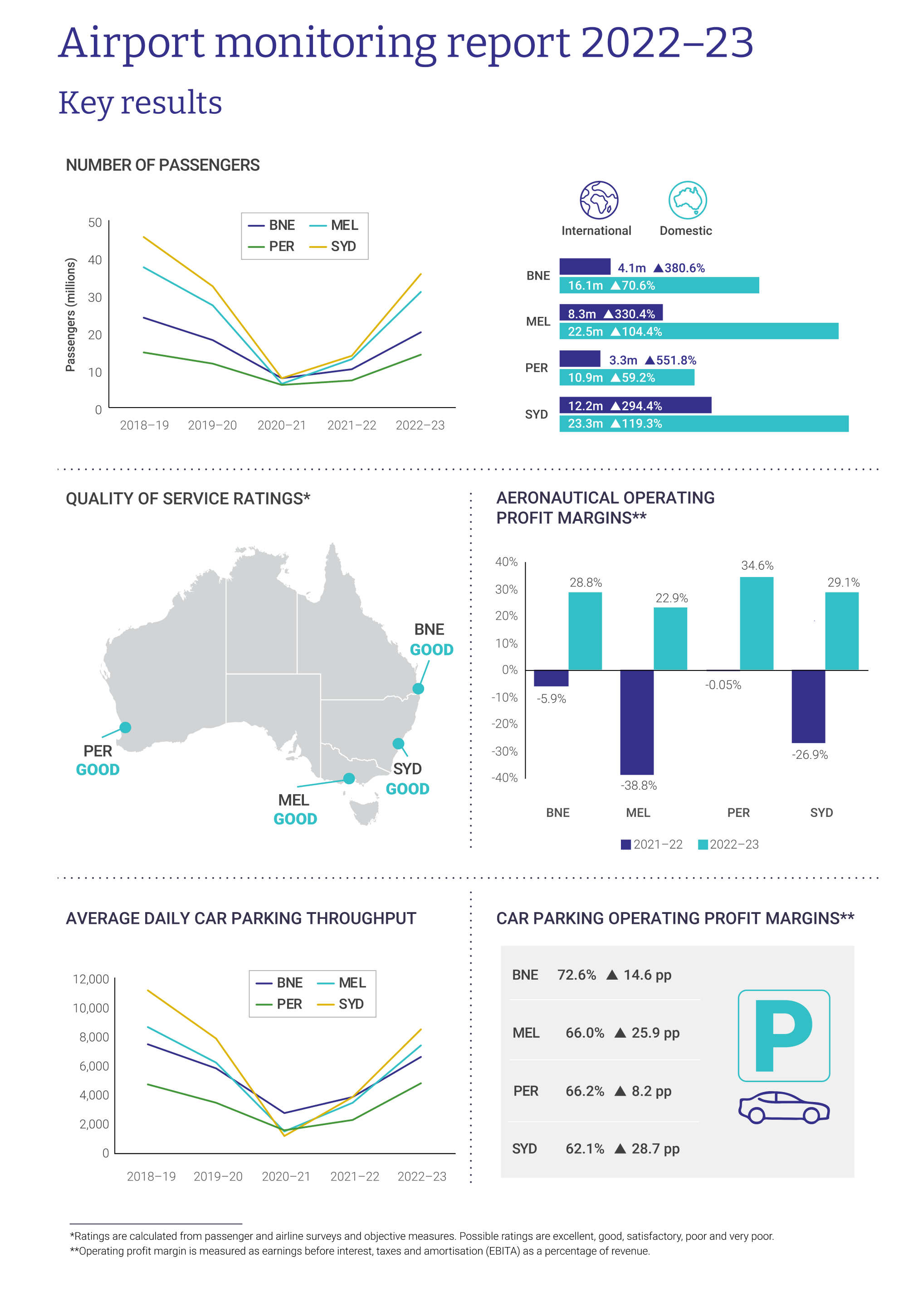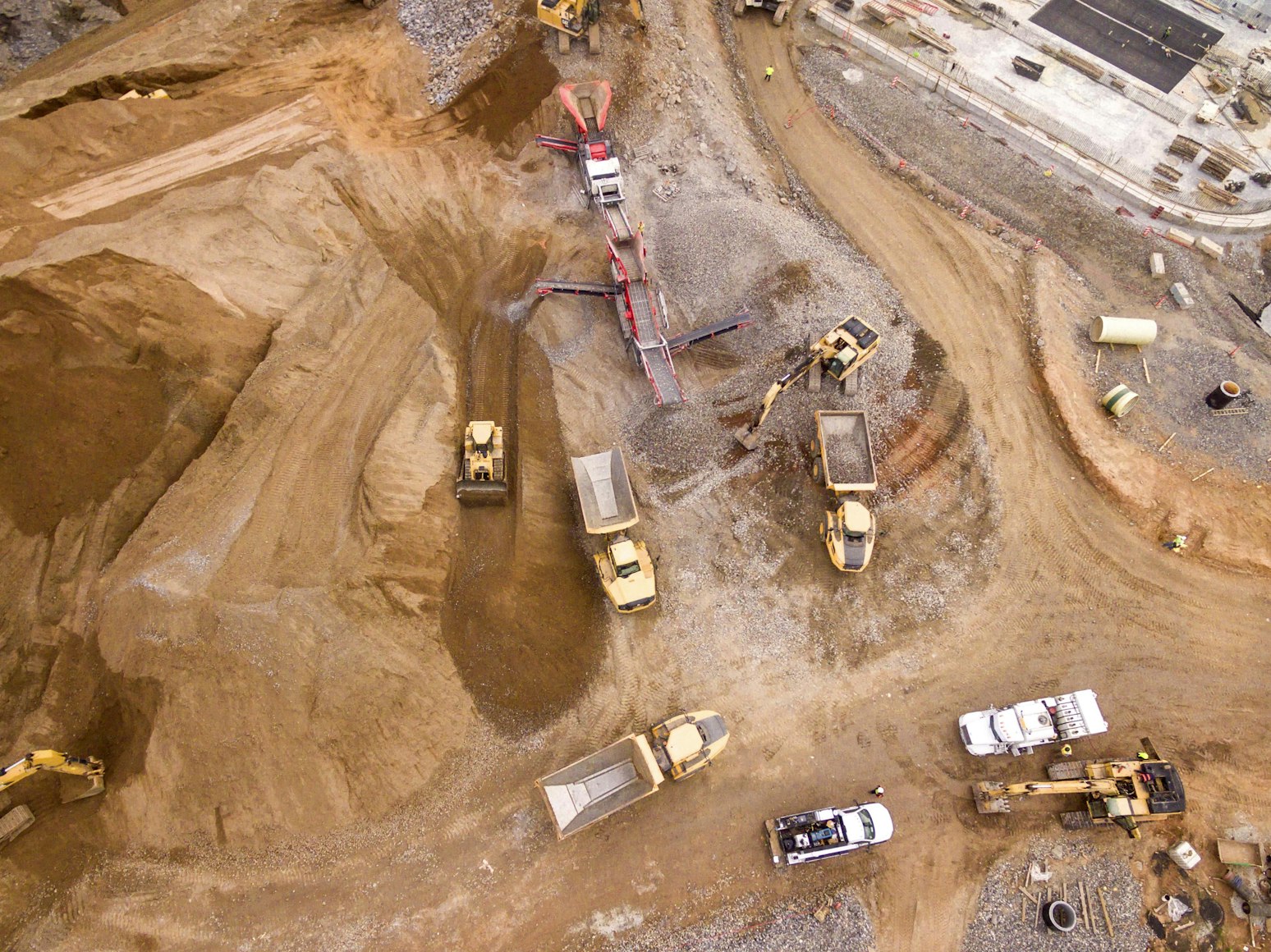
Climate change research by Southern Cross University’s Associate Professor Kai Schulz is advancing knowledge of a promising but so far untested method of carbon dioxide (CO2) removal and storage.
Ocean Alkalinity Enhancement (OAE) involves the controlled addition of crushed minerals or suitable alkaline agents from industrial processes into the ocean as a means of mitigating climate change. Conceptually, OAE would speed up the natural process of rock weathering which controls atmospheric CO2 concentrations on geological time scales.
Currently based in Germany, Associate Professor Schulz’s research is part of a five-year, $11 million partnership between Southern Cross University, UTAS, University of Hamburg, the GEOMAR Helmholtz Centre for Ocean Research (Kiel), and Dalhousie University in Halifax, Nova Scotia.
Funding has come from the Ocean Alkalinity Enhancement R&D Program, a multi-funder effort incubated by the Carbon to Sea Initiative which launched recently.
“The ocean already absorbs more atmospheric carbon dioxide than anything else and perhaps, through strategies like OAE, it might be helped to do even more,” said Associate Professor Schulz, who joined Southern Cross University on a Future Fellowship in 2013.
“Next to rock minerals, industrial inorganic by-products have the capacity to be an effective, ocean-based conduit for carbon capture and storage. Yet we must not proceed without full knowledge of what it means for the oceans themselves and their delicate and complex ecosystems.”
Associate Professor Schulz recently co-authored a paper for the journal Biogeosciences which explored one of the major challenges of OAE, namely how much alkaline mineral – in this case quick and hydrated lime – can be dissolved in natural seawater before secondary precipitation of calcium carbonate (CaCO3) occurs and compromises the uptake of atmospheric CO2.
The authors concluded that safely increasing the amount of total alkalinity could be achieved by means such as:
- allowing for major mixing and dilution of enriched seawater by coastal tides or in the wake of ships;
- equilibrating the seawater to atmospheric CO2 levels before the addition of total alkalinity;
- targeting low rather than high-temperature regions for OAE
Associate Professor Schulz said Carbon to Sea’s support had been invaluable in boosting international collaboration to understand the potential role of OAE to combat climate change.








